Washingtonia Robusta questions
HuronPalm
12 years ago
Related Stories
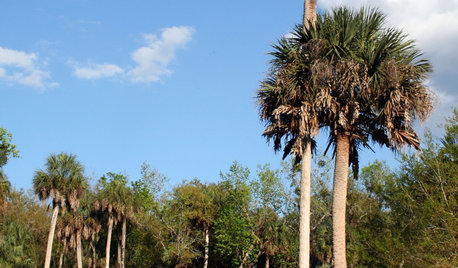
TREESGreat Design Plant: Sabal Palm Enchants in Balmy Sites
Towering and tolerant, this tree blends in, stands out and happily stars in vacation photos
Full Story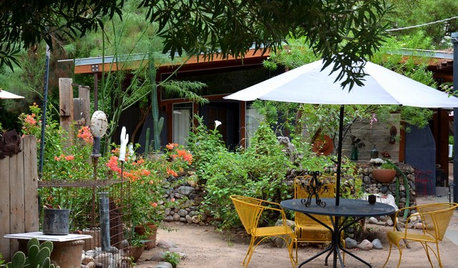
LANDSCAPE DESIGNAn Artist’s Garden Delights With Beauty and Whimsy
Step into this Phoenix garden, where history, color and the unexpected are waiting to be discovered
Full Story
LANDSCAPE DESIGNSmall Garden? You Can Still Do Bamboo
Forget luck. Having bamboo that thrives on a wee plot just takes planning, picking the right variety, and keeping runners in check
Full Story
FURNITURESmart Shopper: How to Buy a Mattress
Confusing options, hair-raising prices, haggling ... Our guide can keep you from losing sleep over mattress shopping
Full Story
HOUZZ TOURSRare Modernist Home Uncovered in Palm Springs
A custom home by modernist William Krisel gets restored and updated
Full Story





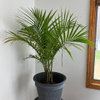
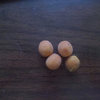
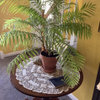
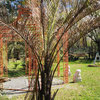
ericthehurdler
tropicalzone7
Related Professionals
Belmont Landscape Architects & Landscape Designers · Port Royal Landscape Architects & Landscape Designers · Wakefield Landscape Contractors · Barrington Landscape Contractors · Beverly Hills Landscape Contractors · Damascus Landscape Contractors · Roswell Landscape Contractors · View Park-Windsor Hills Landscape Contractors · Washington Landscape Contractors · York Landscape Contractors · Goldenrod Landscape Contractors · Doctor Phillips Window Contractors · Central Islip Window Contractors · Northbridge Window Contractors · Winnetka Window Contractorswetsuiter
ccroulet
ccroulet